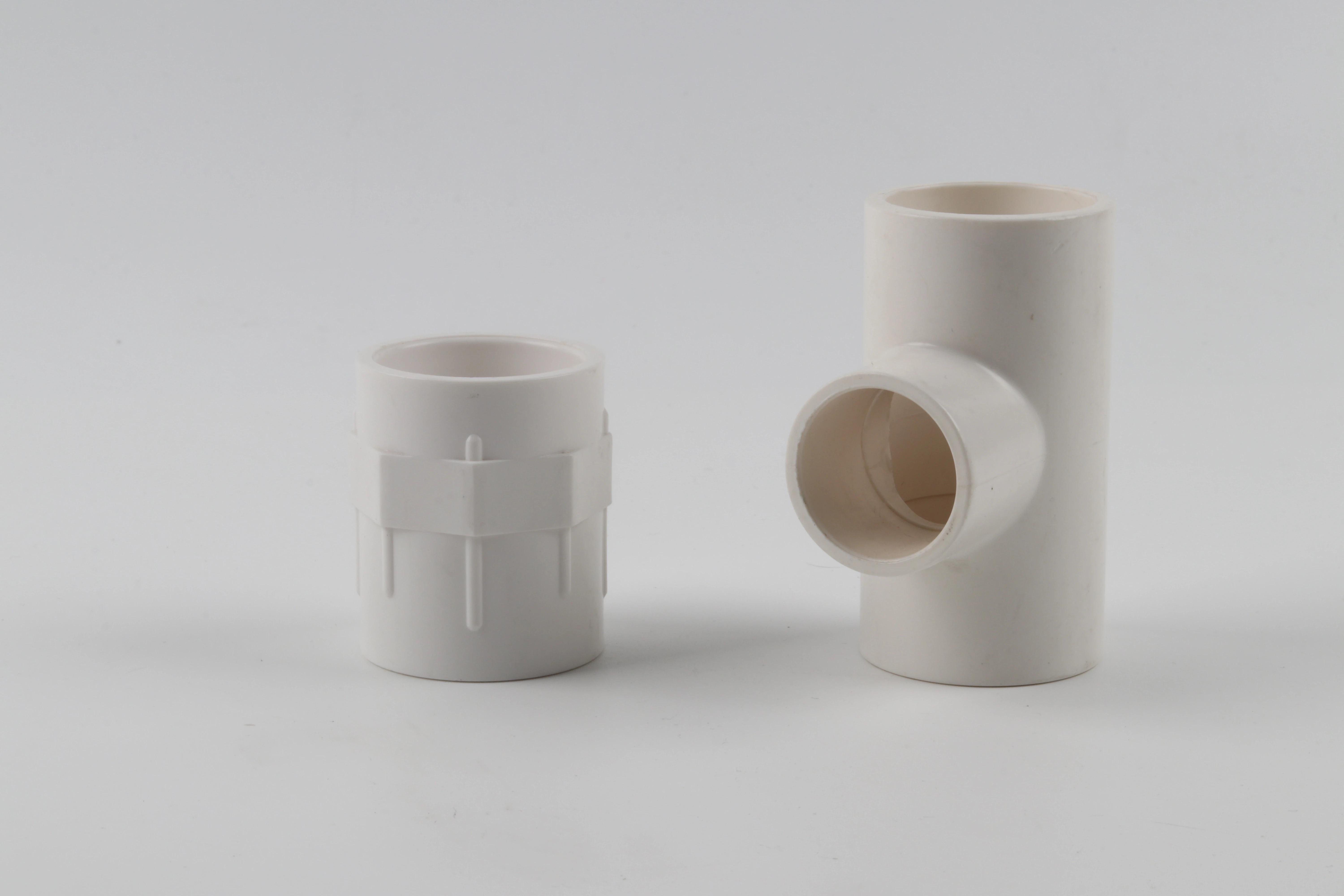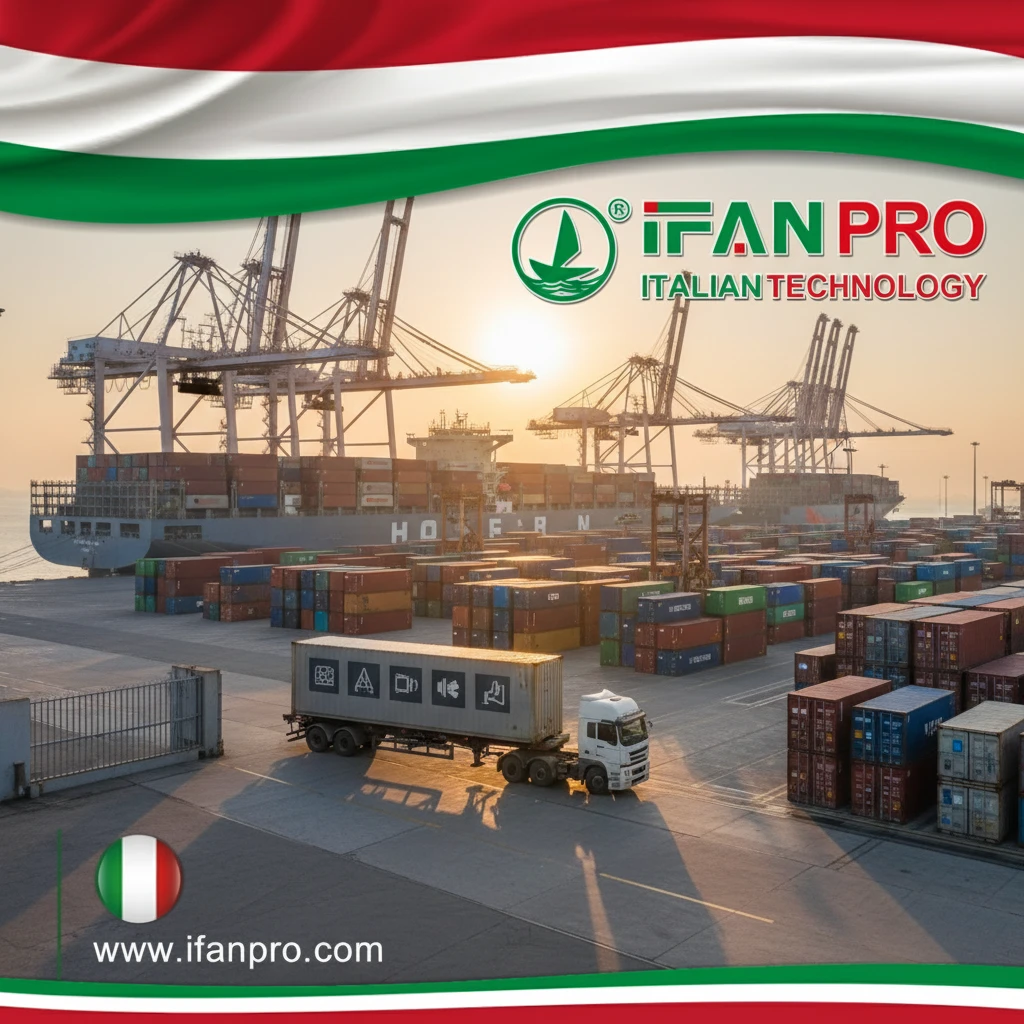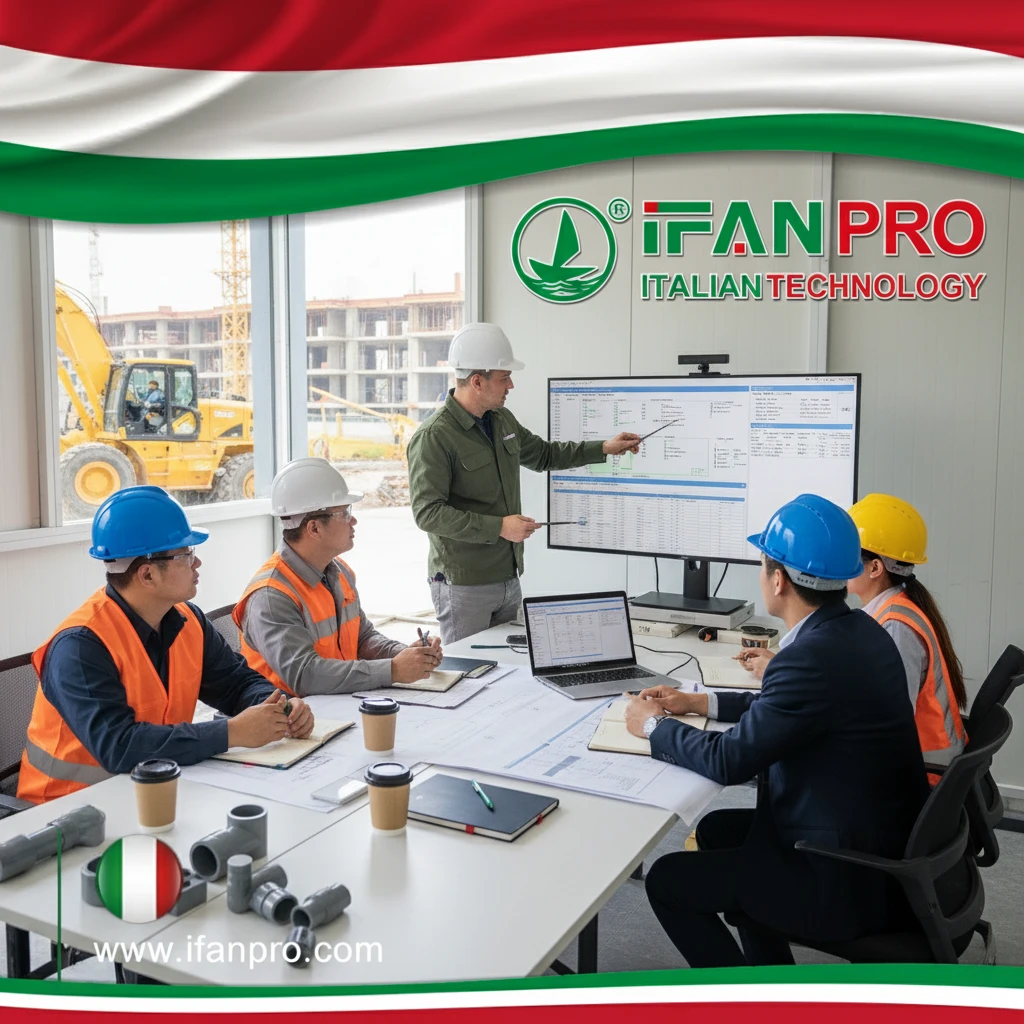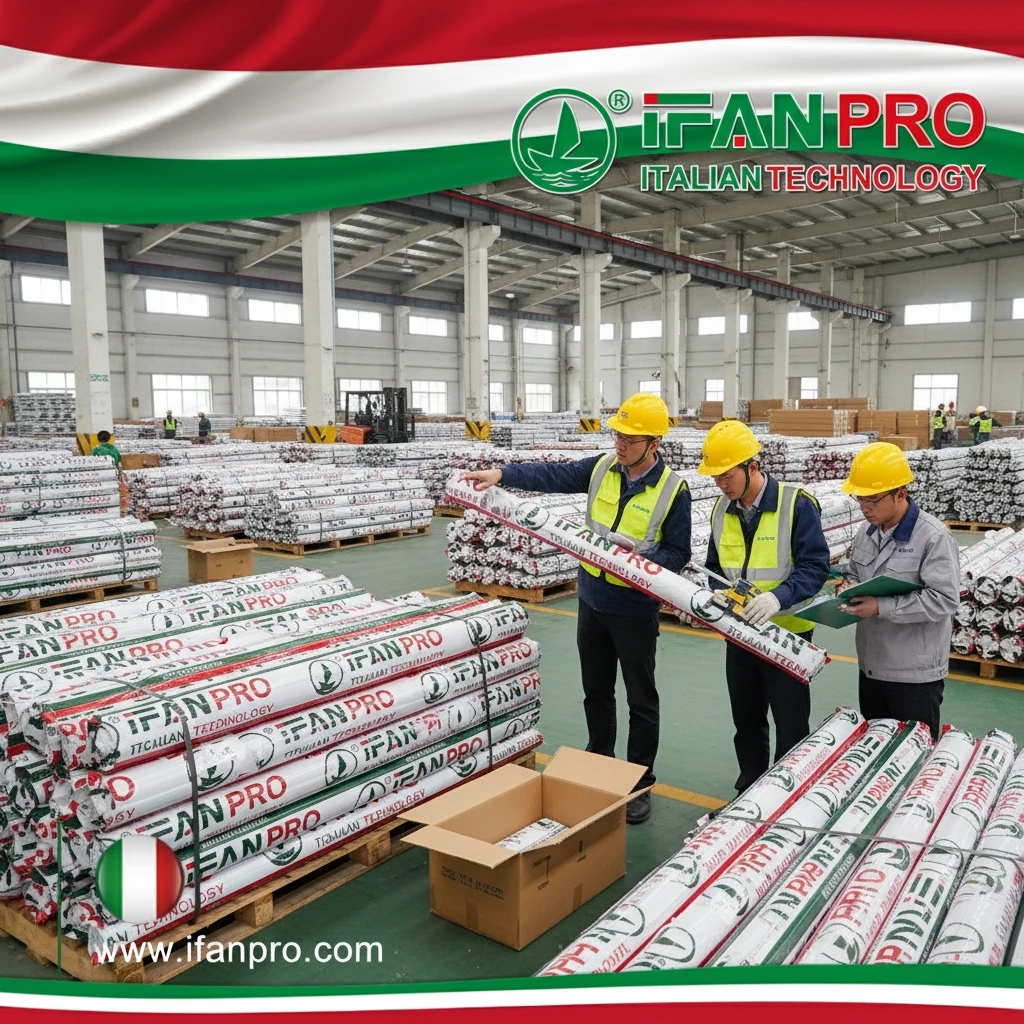After working on hundreds of plumbing projects across residential and commercial sites, I’ve consistently found PVC to be the most budget-friendly option. Recently, a community center with limited funds saved 40% on their plumbing budget by choosing PVC instead of copper, allowing them to allocate funds to other critical areas.
PVC’s cost-effectiveness comes from its low material costs, simple installation process, minimal maintenance requirements, and energy-efficient manufacturing. When comparing total project expenses—including materials, labor, and long-term upkeep—PVC typically costs 50-70% less than copper and 20-40% less than PEX systems over a 10-year period.
The financial advantages of PVC extend beyond initial purchase price to encompass installation speed, durability, and operational efficiency. Let’s examine the specific factors that make PVC the most economical choice for plumbing applications.
How Does PVC’s Material Cost Compare to Copper and PEX Alternatives?
When budgeting for a 50-unit apartment building, I calculated that using PVC instead of copper would save over $15,000 in material costs alone. This substantial difference allowed the developer to upgrade other building systems while staying within budget.
PVC pipes cost approximately $0.50-$2.00 per linear foot, compared to $2.00-$5.00 for PEX and $3.00-$10.00 for copper. This significant price difference, combined with PVC’s lower fitting costs, makes it the most economical choice for budget-conscious projects without sacrificing performance or reliability.

Detailed Cost Breakdown
The price advantage becomes even clearer when examining specific components:
Pipe Material Costs
- PVC: $0.50-$2.00 per linear foot (depending on diameter)
- PEX: $2.00-$5.00 per linear foot (varies by type and manufacturer)
- Copper: $3.00-$10.00 per linear foot (Type M to Type L)
Fitting and Connection Costs
PVC fittings are notably less expensive because:
- Injection molding production is highly efficient
- Simple designs require less material
- Standardization across manufacturers increases competition
- No specialized components or metals required
Total System Cost Comparison
For a standard residential plumbing system:
| Material Type | Pipe Cost | Fitting Cost | Total Material Cost |
|---|---|---|---|
| PVC | $800-$1,200 | $300-$500 | $1,100-$1,700 |
| PEX | $1,600-$2,400 | $600-$900 | $2,200-$3,300 |
| Copper | $2,400-$4,000 | $900-$1,500 | $3,300-$5,500 |
Additional Financial Advantages
Beyond direct material costs, PVC offers other economic benefits:
Bulk Purchase Discounts
PVC’s manufacturing scalability means significant price reductions for larger projects. Furthermore, standardized sizing across manufacturers increases competition and lowers prices. Also, widespread availability reduces shipping costs and delays.
Price Stability
Unlike copper, which fluctuates with commodity markets, PVC prices remain relatively stable. This predictability helps with accurate project budgeting and eliminates the need for price contingency funds.
What Makes PVC Installation Faster and More Labor-Efficient Than Metal Pipes?
I recently supervised a commercial project where the plumbing crew completed the PVC installation in half the time estimated for copper. The time savings translated to nearly $8,000 in reduced labor costs, demonstrating PVC’s installation efficiency.
PVC installation requires only simple cutting and solvent welding, unlike copper’s soldering or PEX’s crimping systems. This straightforward process allows fewer workers to complete projects faster, with typical labor time reductions of 40-60% compared to metal pipes and 20-30% compared to PEX systems.
Installation Process Comparison
The simplicity of PVC installation becomes apparent when examining the steps:
PVC Installation Steps
- Measure and mark pipe lengths
- Cut with simple saw or cutter
- Apply primer and cement
- Join pieces and hold briefly
- Proceed to next connection
Copper Installation Steps
- Measure and mark pipe lengths
- Cut with tube cutter
- Deburr and clean ends
- Apply flux to joints
- Assemble and solder connections
- Cool and wipe joints
- Wait for safe handling
Labor Time and Cost Savings
The efficiency advantages translate directly to financial benefits:
Time per Connection
- PVC: 2-3 minutes per connection
- PEX: 3-4 minutes per connection (crimp system)
- Copper: 5-7 minutes per soldered joint
Labor Cost Implications
For a typical residential plumbing system with 150 connections:
- PVC: 5-7.5 labor hours
- PEX: 7.5-10 labor hours
- Copper: 12.5-17.5 labor hours
Skill Level Requirements
PVC installation requires minimal training, while copper soldering demands experienced technicians. This allows contractors to utilize less experienced crew members effectively, and reduces supervision time and quality control issues.
How Does PVC’s Durability Reduce Long-Term Maintenance and Replacement Costs?
A municipal water system I consulted for had used PVC pipes for over 40 years with only two minor repairs. This exceptional longevity demonstrated how PVC’s durability provides decades of reliable service with minimal maintenance costs.
PVC’s corrosion resistance eliminates the deterioration common in metal pipes, preventing leaks, water damage, and premature replacement. The material’s smooth interior surface maintains water flow efficiency for decades, while its immunity to electrolysis and chemical attack ensures reliable performance in diverse water conditions.
Durability Advantages
PVC outperforms other materials in several key areas:
Corrosion Resistance
Unlike metal pipes, PVC doesn’t rust or corrode, which is particularly important in areas with aggressive water conditions. It maintains structural integrity regardless of water pH or chemical composition, and resists electrolysis that damages copper pipes in certain soil conditions.
Impact and Crack Resistance
PVC’s flexibility allows it to withstand ground movement and minor impacts that would damage rigid metal pipes. It also resists crack propagation, meaning small damages don’t spread, and maintains performance through freeze-thaw cycles better than metal alternatives.
Maintenance Cost Comparison
Long-term ownership costs favor PVC significantly:
| Maintenance Aspect | PVC | Copper | PEX |
|---|---|---|---|
| Corrosion-related repairs | None | Every 10-20 years | Rare |
| Joint failures | Very rare | Occasional | Occasional |
| Flow capacity maintenance | Excellent | Good | Good |
| Expected service life | 50-100 years | 30-50 years | 30-50 years |
Real-World Performance Data
Studies of municipal water systems show:
- PVC failure rates: 0.5-1.5 breaks per 100 miles annually
- Cast iron failure rates: 15-25 breaks per 100 miles annually
- Copper failure rates: 2-5 leaks per 100 systems annually
What Makes PVC More Energy-Efficient to Manufacture Than Metal Pipes?
While touring a PVC manufacturing facility, I learned that their production process used 80% less energy than copper pipe manufacturing. This efficiency not only reduces environmental impact but also contributes to PVC’s cost advantage.
PVC manufacturing requires significantly less energy than metal pipe production because plastic processing occurs at much lower temperatures (350-400°F) compared to metal melting (1,900-2,100°F for copper). This lower energy demand, combined with efficient continuous production methods, reduces manufacturing costs by 60-80% compared to metal pipe production.
Manufacturing Process Comparison
The energy differential begins with raw material processing:
Raw Material Production
- PVC: Derived from salt (57%) and petroleum (43%)
- Copper: Mined from ore requiring extensive processing
- Energy Impact: Copper mining uses 10-15 times more energy per ton
Forming and Production
PVC’s manufacturing advantages include:
- Extrusion process at 350-400°F versus copper’s 1,900°F+
- Continuous production versus batch processing for metals
- Minimal material waste with recycling of trim pieces
- Lower water consumption during manufacturing
Environmental and Economic Impacts
The manufacturing efficiency creates multiple benefits:
Energy Consumption Data
Comparative energy requirements per ton of pipe:
- PVC: 25-35 GJ/ton
- Copper: 80-120 GJ/ton
- Steel: 60-90 GJ/ton
Carbon Footprint Comparison
- PVC production generates 1.5-2.5 tons CO₂ per ton of pipe
- Copper production generates 4-6 tons CO₂ per ton of pipe
- Steel production generates 3-4 tons CO₂ per ton of pipe
Cost Implications
The energy efficiency directly affects product pricing:
- Lower energy costs reduce manufacturing expenses
- Efficient production allows higher output with same resources
- Stable energy requirements enable consistent pricing
- Reduced environmental compliance costs
Conclusión
PVC’s comprehensive cost-effectiveness stems from its affordable material costs, rapid installation requiring less skilled labor, exceptional durability that minimizes maintenance, and energy-efficient manufacturing process. These combined advantages make PVC the most economical choice for plumbing applications while providing reliable long-term performance comparable to more expensive alternatives.













Comentarios recientes